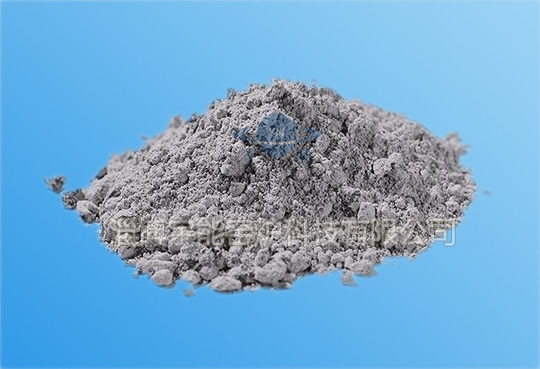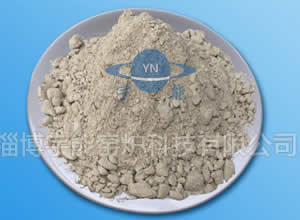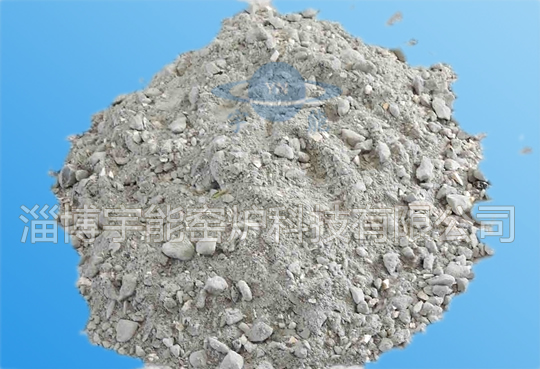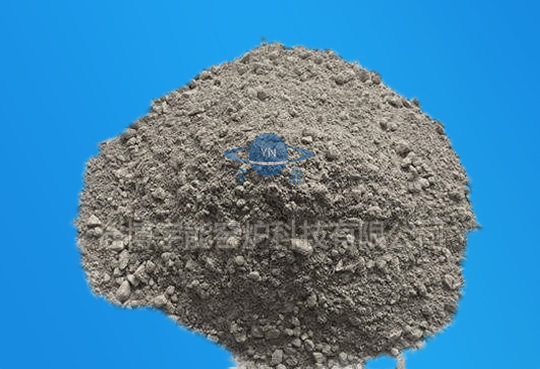Zibo Yunneng Kiln Technology Co. Ltd. Zibo Yunneng Kiln Technology Co. Ltd.
Free delivery samples
high quality assurance
Engineer's door-to-door guidance
lifelong technical support
Contact us+86159669653330086-533-5331887
Zibo Yunneng Kiln Technology Co. Ltd. Zibo Yunneng Kiln Technology Co. Ltd.
Free delivery samples
high quality assurance
Engineer's door-to-door guidance
lifelong technical support
Contact us+86159669653330086-533-5331887
Home -> News -> News -> Industry News ->
In addition to the physical properties of the prepared refractory castable samples, there are many pores of different sizes and shapes, that is, the sample is a porous body.
There are three types of stomata:
One side of the closed side, which is open to the outside, is called an open air hole. The closed air hole that is closed in the sample and does not communicate with the outside is called a through hole. The total porosity, that is, the true porosity, refers to the percentage of the total volume of the pores in the sample to the total volume of the sample; in general, the pores are penetrated and the pores are opened by the human body, and the closed pores are small and difficult to directly measure. Therefore, the porosity is expressed by the open porosity, that is, the apparent porosity. The apparent porosity refers to the total volume of open pores in the sample as a percentage of the total volume of the sample.
The bulk density refers to the ratio of the amount of castable after drying of the sample to its total volume, that is, the ratio of the amount of castable of the porous body to its total volume, expressed by Kg/m3 or g/cm3.
The apparent porosity and bulk density are one of the basis for controlling the amount of castables in the construction of refractory castables. Two performance indicators can be measured with the same sample. Table 2 & mdash; 2 is the bulk density and apparent porosity of the commonly used refractory castables. The following are the bulk density and apparent porosity of commonly used refractory castables.
CA-50 cement high aluminum castable 2.3--2.6g/cm3 17—20
CA-50 cement clay castable 2.2— 2.35g/cm3 18—22
Clay combined with high alumina castable 2.25--2.45g/cm3 16—21
Low cement high aluminum castable 2.4--2.7g/cm3 10—16
Ultra-low cement high aluminum castable 2.3--2.6g/cm3 10—16
CA-70 cement corundum castable 2.7--3.0g/cm3 12—16
Water glass clay castable 2.10--2.35g/cm3 15—19
High alumina castable for phosphoric acid 2.3--2.7g/cm3 17—20
Aluminum phosphate high alumina castable 2.3--2.6g/cm3 16—20
Relevant Product Display
 LT-4C Series of lightweight heat insulating lining castings
LT-4C Series of lightweight heat insulating lining castings
 Corundum mullite castable _ wear-resistant castable
Corundum mullite castable _ wear-resistant castable
 High strength refractory castable D-16
High strength refractory castable D-16
 [ladle castable] corundum/spinel/aluminum magnesium
[ladle castable] corundum/spinel/aluminum magnesium
Relevant information
Hotline